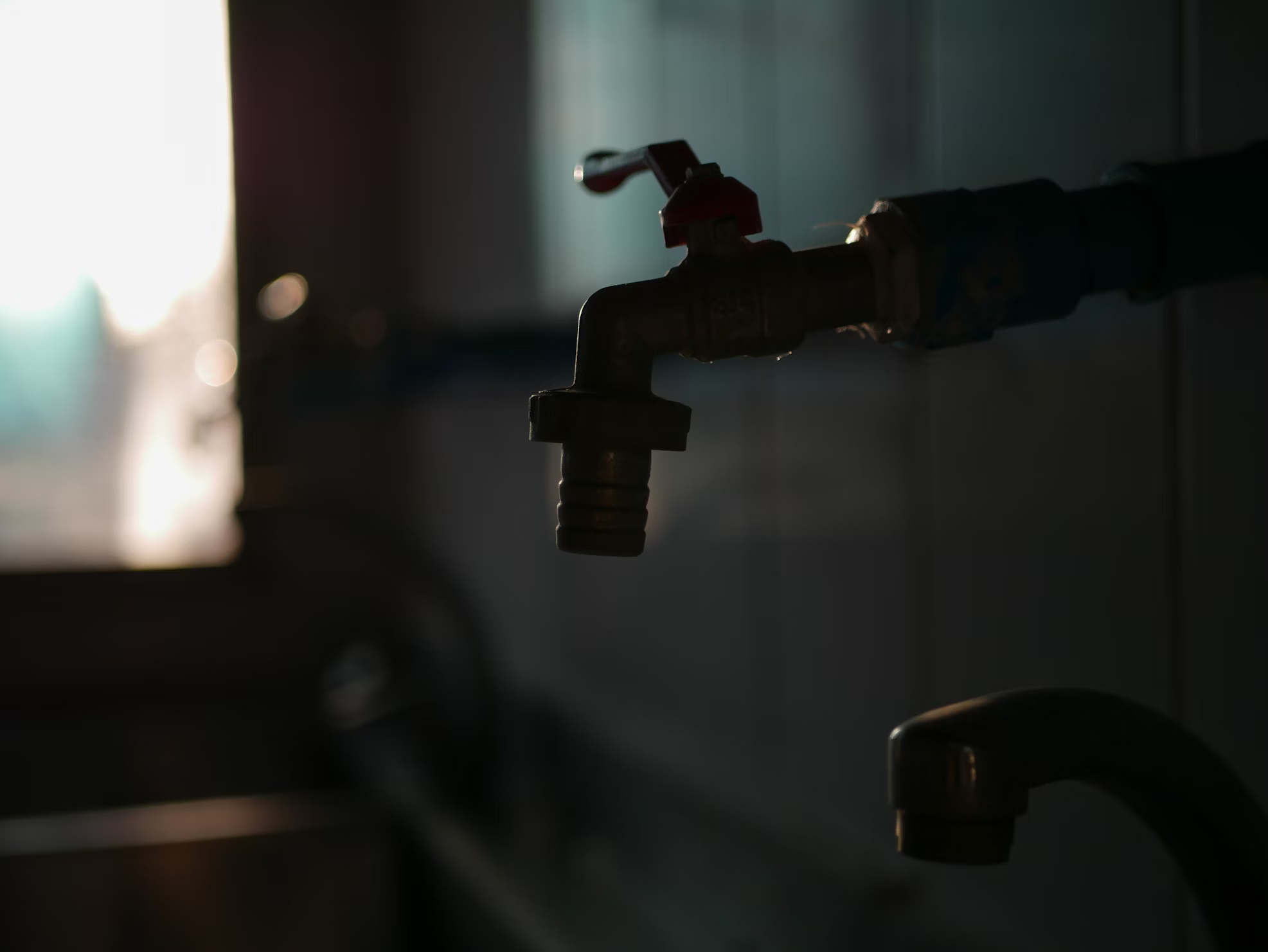Among the most important aspects of homeownership is maintenance of the plumbing. Although plumbing issues can seem inevitable, regular maintenance and care can help many to be prevented or mitigated. Good maintenance of your plumbing system guarantees that your home keeps running and helps you avoid paying costly repairs. Six simple plumbing maintenance tips in-depth below can help you to maintain your system running as planned.
Inspect and Clean Faucets and Showerheads
Mineral and sediment deposits may accumulate in faucets and showerheads over time, reducing water flow and maybe leading to corrosion. Look for any indication of buildup in your showerheads and faucets on a regular basis. Remove the aerators or showerheads, then submerge them in vinegar for one hour to break down mineral deposits.
Once soaked, gently wipe off any last traces. Also crucial is looking for leaks around faucets. A leaking faucet may significantly waste water and raise your water bill. Changing the washer or seal is a straightforward remedy that will help to restore correct operation if you see leaks.
Test Your Sump Pump
By pointing water away from the lower level or crawl area, a sump pump helps to avoid floods. Particularly in heavy rain or snowfall, a failing pump may cause major water damage. Test your sump pump often by running water into the pit to check if it turns on.
Verify the discharge line is free of trash and that the pump has access to a functioning power source. Examining the float switch of the pump will also help you to make sure it moves unhindered. Consider changing your pump to avoid unanticipated breakdowns if it is more than seven or 10 years old.
Maintain the Garbage Disposal
Although your trash disposal is a handy tool, technical failure, blockages, and smells may all be avoided by proper maintenance. Steer clear of throwing fibrous or starchy foods such as onion skins or potato peels down the disposal if you want them to run free, as they can clog the mechanism. Rather, toss food garbage in the garbage or compost.
Run cold water down the disposal every few weeks to keep the blades free from debris. To further hone the blades, you may also ground tiny bits of ice cubes. To naturally neutralize odors, crush a combination of vinegar and baking soda.
Monitor Water Pressure
Many homes deal with low or varying water pressure on a regular basis. A variety of elements might lead to it, including leaks, mineral accumulation in pipes, or a broken pressure regulator. Should you find that your water pressure has dropped, early identification of the source is crucial. First, look for mineral buildup on your faucets’ and showerheads’ aerators.
Should cleaning not address the problem, it might be time to look into pressure regulator concealed leaks or issues. Call a qualified plumber to check your system if you are not at ease identifying the problem yourself.
Prevent Tree Root Damage
Particularly if you have older pipes, tree roots may silently compromise your plumbing system. Roots may eventually find their way into your sewage lines and create clogs, leaks, and sometimes total pipe collapse. Planting big trees close to your sewage lines can help to prevent tree roots from harming your plumbing.
you could have a root incursion if you see indications of sewage line problems, including regular drain blockages, gurgling sounds, or bad smells. In certain circumstances, a rooter service may be required to clean the pipes; plumbers may also do a camera check to find root damage.
Prevent Water Backflow to Safeguard Your Water Supply
Usually resulting from a pressure shift in the plumbing system, water backflow is the phenomenon whereby polluted water flows backward into the pure water supply. This may bring dangerous elements into your house’s drinking water, like sewage, chemicals, or germs.
Install backflow preventers if you have outside faucets or irrigation systems, especially to stop backflow. Check these gadgets often to be sure they’re operating as they should. Consider reaching out to professional backflow testing services to check and handle any backflow hazards if you see any problems, including a loss in water pressure or water discoloration.
Conclusion
Keeping up your plumbing system is not an intimidating chore. Following these guidelines – inspecting faucets, checking your sump pump, maintaining your trash disposal, tracking water pressure, minimizing tree root damage, winterizing exterior faucets, and planning expert inspections, you can keep your plumbing working for years to come. Regular maintenance guarantees that the plumbing system of your house stays in perfect shape, therefore saving you time, money, and effort.

